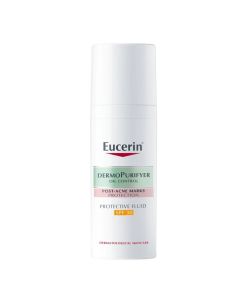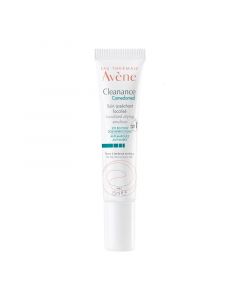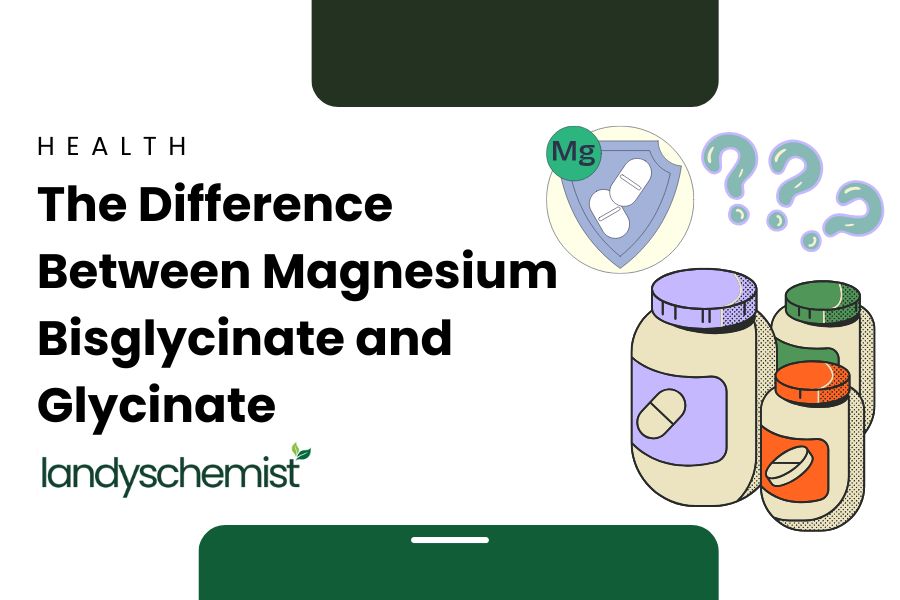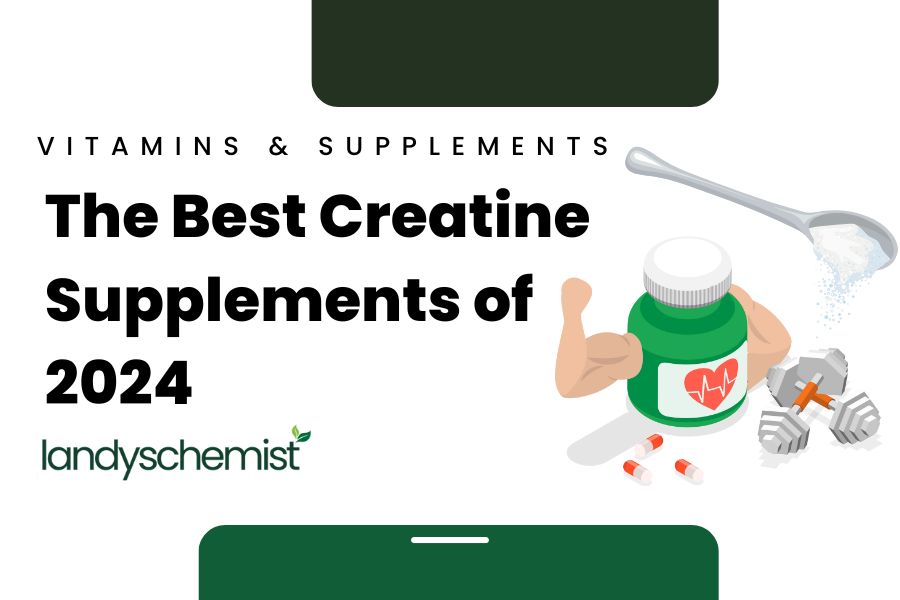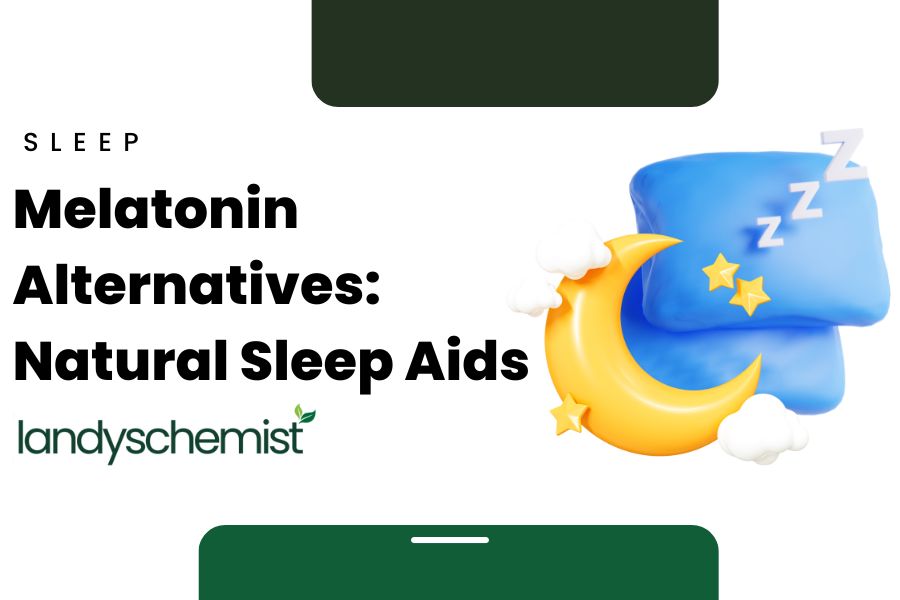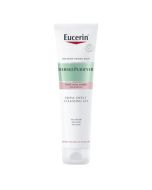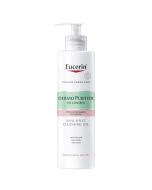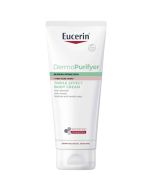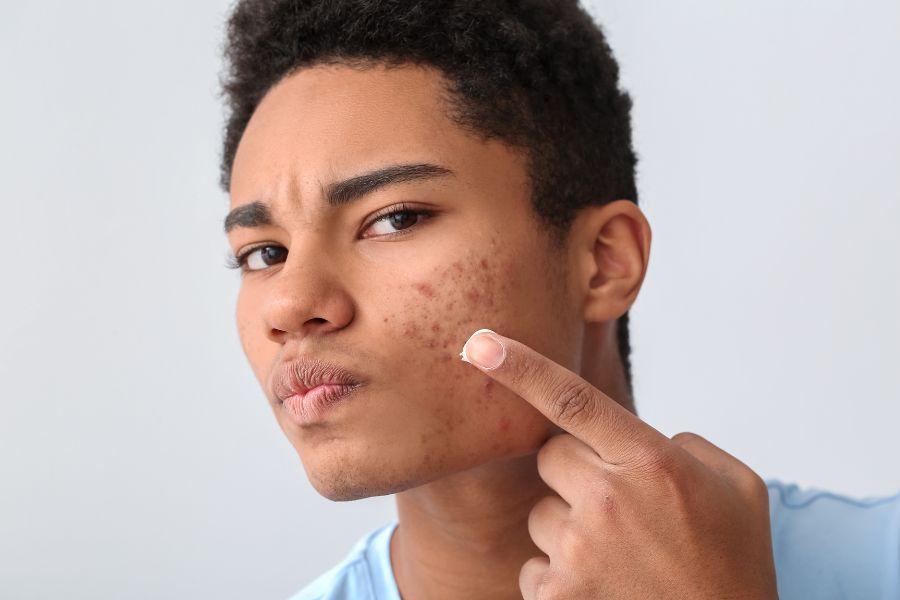
Acne: What Could Be Causing Your Breakouts?
Contents
We’ve all experienced the frustration of waking up to a face full of unwanted breakouts. Those pimples, blackheads and blemishes may seem to appear out of nowhere, leaving us desperately looking for quick fixes. If you find yourself in this situation, you are not alone. Breakouts are a common skin concern that affects people of all ages and skin types, being the 8th most prevalent disease worldwide.
Whilst it may be tempting to attribute these breakouts solely to hormonal imbalances or poor skincare habits, the truth is that it is far more complex. A myriad of factors can contribute to the appearance of those unwanted bumps on our skin.
Keep reading to find out what could be causing your breakouts and how we can manage them!
What is Acne?
Acne is a chronic inflammatory skin condition that occurs when hair follicles and pores become clogged with oil, dead skin cells and bacteria. It involves the pilosebaceous unit which consists of the hair, hair follicle, sebaceous gland, and arrector pili muscle (shown below).
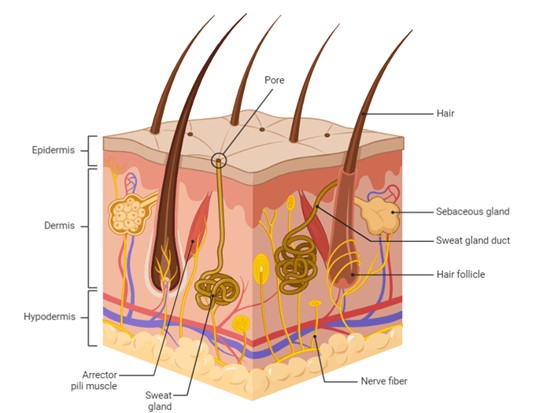
Acne manifests in various forms of blemishes, each with its own characteristics. These include comedones, which encompass blackheads and whiteheads, as well as inflamed bumps like papules and pustules. In more severe cases, deep painful lumps called nodules and cysts can develop, often leaving behind scars. Acne breakouts predominantly occur in regions abundant in sebaceous glands, notably the face, back, and chest.
Acne affects up to 95% of adolescents, with males and females equally affected. It tends to go away by mid-20s for most and can affect all skin types and colours.
Hormonal changes, especially during puberty can cause an increase in the production of oil which can lead to the development of acne. Other factors can include genetics, certain medications, hormonal fluctuations such as during menstruation and stress can all influence the formation of acne.
What are the different types of breakouts?
Comedones, also known as clogged pores, occur when hair follicles become obstructed by a combination of sebum (natural skin oil) and keratin (skin debris). These obstructions can manifest as either whiteheads or blackheads.
Whiteheads, which are also referred to as closed plugged pores, develop when a mixture of sebum (oil) and dead skin cells obstructs the skin's pores. Unlike blackheads, whiteheads have a closed opening, resulting in the formation of small bumps on the surface of the skin. These bumps usually have a flesh-coloured or white appearance.
Blackheads, referred to as open plugged pores, display a similar appearance to dirt trapped in the skin's pores. However, the dark hue is not caused by dirt itself, but rather the build-up of bacteria and oil within the pore. When exposed to air, these substances undergo oxidation, resulting in the characteristic dark colour of blackheads. While blackheads share similarities with whiteheads in terms of pore blockage, they differ in that the pore remains open. It is this process of oxidation that contributes to the distinct dark appearance of blackheads.
Papules manifest as small, sensitive bumps on the skin that exhibit redness and inflammation. Unlike other types of skin blemishes, they lack a visible centre. Papules arise when the walls of hair follicles experience inflammation, leading to their compromised state. These bumps are often tender to the touch, elevated above the skin's surface, and possess a firm texture.
Pustules, commonly referred to as pimples, are papules characterized by a discernible centre filled with pus. While they bear resemblance to papules, the key distinction lies in the presence of this pus-filled tip. Pustules typically form because of the body's immune response to a bacterial infection occurring within blocked hair follicles.
Shown below are the differences between a whitehead, blackhead, papule, and pustule compared to a healthy hair follicle.
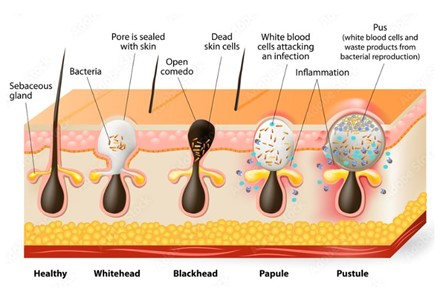
Nodules are sizable, solid, and uncomfortable lumps that emerge beneath the skin's surface. They are distinguished by their significant size and deep positioning within the skin layers. Nodules arise as a result of a build-up of oil, dirt, bacteria, and dead skin cells deep within the hair follicles. The difference between a nodule and a cyst is that nodules are solid whereas a cyst are pus-filled and reside deep in the skin.
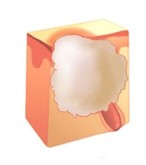
Cystic lesions, the most severe form of acne, are painful lumps filled with pus located beneath the skin's surface. These cysts represent a significant level of severity and are characterized by their large size and deep placement within the skin. They result from a combination of blockage and inflammation that extends deeper into the hair follicle, leading to the formation of these painful and pus-filled legions.
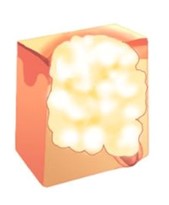
Causes of Acne
Acne, a common skin condition is caused by a combination of factors that contribute to the formation of pimples, blackheads, and other lesions. These factors include excess oil (sebum) production, clogged hair follicles, bacteria, and inflammation. While acne can appear on various parts of the body, it is most commonly found on the face, forehead, chest, upper back, and shoulders, due to a high concentration of sebaceous glands in these areas.
The process of acne formation begins with the production of excess sebum by sebaceous glands, which are connected to hair follicles. The excessive sebum production can cause the follicle wall to bulge, resulting in a whitehead. Alternatively, if the follicle’s opening remains open, the plug oxidises and darkens, leading to a blackhead. When the hair follicles become blocked and inflamed, either by the accumulation of oil and dead skin cells or through the invasion of bacteria, pimples can develop. In some cases, the blockage and inflammation can occur deep within the hair follicles, leading to the formation of cysts beneath the skin’s surface. This is because the bacteria P. acnes can build up within the follicle and cause the wall to rupture beneath the skin causing leakage and inflammation into surrounding tissues. If the break is close to the surface, a pustule forms. However, if it is deeper, it could be a nodule, or in some cases the infection is entrapped by the membrane and a cyst develops.
The underlying causes of acne are multifaceted. Here are some common causes:
Hormones
Acne formation can also be influenced by hormonal factors, particularly the role of androgen hormones in regulating sebum production. Androgens, which play a role in growth, development, and reproduction, increase during puberty in both boys and girls. When androgen levels rise or an individual becomes more sensitive to these hormones, the sebaceous glands enlarge and produce excessive oil, a condition known as hyper seborrhoea. Sebaceous glands are small glands in the skin responsible for producing sebum, which constitutes about 90% of the surface lipids. Sebum's function is to lubricate the skin's surface, retain moisture, and provide protection. In individuals with acne-prone skin, the oil glands tend to produce an excess of sebum, resulting in an accumulation of this oil within the pores and the obstruction of sebaceous ducts. This blockage within the follicle is referred to as a comedo, and comedones serve as the starting point for various types of acne blemishes.
Studies have shown that those with acne-prone skin produce sebum with a higher content of a fatty molecule called squalene and compounds called wax esters. They may also have lower levels of free fatty acids and linoleic acid, which can create an environment specific to acne-causing bacteria leading to inflammation and breakouts.
Hyperkeratinisation
Hyperkeratinisation, another contributing factor, is a disorder of the hair follicle in which dead skin cells fail to shed properly and instead bond together, blocking the pore and leading to the formation of comedones which can lead to white or black heads. Additionally, individuals with acne-prone skin tend to have fewer lamellar granules found within the stratum corneum which are responsible for releasing enzymes that aid in digestion of the substance which holds cells together. The reasoning for this occurs because the desquamation process by which the epidermis sheds dead skin cells to exfoliate the skin, is inefficient and so there is an excess of skin cells. This inefficient desquamation can result in a build-up of dead skin cells, further contributing to blocked pores.
Bacteria
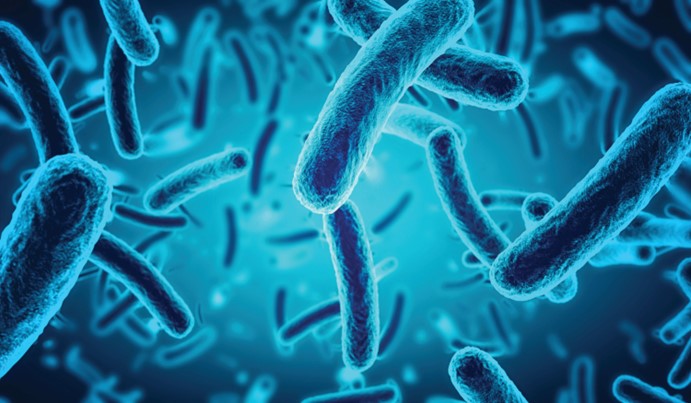
The disruption of the skin’s microbiome, caused by excess sebum and dead skin cells creates an environment conductive to the growth of certain bacteria. This, in turn triggers an inflammatory response, leading to the formation of papules and pustules, characterised by red, inflamed bumps.
Propionibacterium acnes (P. acnes) are bacteria which is commonly found on the skin. Those with acne tend to have an over production of this type of bacteria.
When a pore is clogged by dead skin cells and sebum, oxygen is restricted from going into the pore, creating an anaerobic environment. Bacteria like P. acnes thrive in anaerobic environments and so reproduce rapidly. P. acnes bacteria take advantage of this environment by digesting the trapped oil within the pore. As a by-product of this digestion process, they produce fatty acid waste products. These waste products can irritate the pore, resulting in redness and inflammation. The presence of bacteria and the waste products contribute to the inflammatory response observed in acne.
The inflammation within the pore attracts white blood cells, which are part of the body’s immune system response. These white blood cells gather in the pore, mixing with the dead skin cells and the bacteria. This combination results in the formation of pus, which gives the characteristic appearance of a whitehead.
It is important to note that although P. acnes is a significant contributor to the bacterial component of acne, studies have shown that it is not the sole bacterium responsible. Acne is often influenced by a combination of bacteria working together to contribute to the development and persistence of breakouts.
Pollution
Airbornepollutants like volatile organic compounds, ozone, nitrogen oxide and sulphur dioxide have been linked to skin problems such as acne formation. These pollutants can accumulate on the face, leading to pore blockage and the formation of new acne spots. Living in urban areas with higher pollution levels can increase the risk of skin damage and acne.
Pollution causes excessive generation of free radicals which can penetrate the skin, causing oxidative stress to the cells. This results in compromised cell function, as the free radicals interfere and cause inflammation. Ozone pollution also breaks down the skin’s natural oils, leaving it prone to redness and irritation.
Skincare products
Although skincare products may claim to be non-comedogenic, they can still contribute to acne formation. Natural oils, despite not being pore-clogging, can induce inflammation within the hair follicle and lead to inflamed acne. Coconut oil, for example, falls into this category.
Synthetic perfumes in skincare products are known to be a common cause of skin allergies, inflammation, and irritation. These ingredients should be avoided to minimize the risk of adverse reactions.
Certain ingredients like Sodium Lauryl Sulphate, which is a surfactant used to remove dirt and oil from the skin, can cause irritation, particularly in individuals with sensitive skin. It can disrupt the skin barrier, potentially exacerbating active breakouts.
How to Manage Acne
Gaining a comprehensive understanding of the complex interactions between excess sebum production, clogged follicles, bacterial growth, and inflammation is essential for effectively managing and treating acne. By addressing these root causes, individuals can take proactive measures to achieve clearer and healthier skin.
If over-the-counter acne products prove ineffective, it is advisable for individuals to seek medical advice. Medical professionals can provide guidance and prescribe suitable treatments, including topical treatments.
Avoid picking or squeezing acne spots, as this can lead to further inflammation, infection, and an increased risk of scarring.
Cleanse the skin regularly: Washing the face twice a day using a suitable cleanser will help to remove excess oil, dead skin cells and bacteria from the surface of the skin without stripping the face of essential oils and reducing the chance of clogged pores. Ensure that you are using non-comedogenic products that do not block pores and use a product suitable for your skin type.
Always use a sunscreen to protect your skin from UV radiation and prevent it from drying out.
Manage lifestyle factors to prevent acne: Ensure you are getting sufficient sleep, try and avoid stress and avoid smoking.
How to prevent Acne
Acne is caused by normal hormonal changes that happen during puberty. This makes prevention of acne very difficult, or even impossible. Early treatment of acne may prevent it from getting worse and causing scars.
However, avoiding substances that can cause acne may help. This includes certain medicines (such as corticosteroids, lithium, and barbiturates), mineral or cooking oil, or certain cosmetics.
Additionally, changing pillowcases regularly and cleaning the screen of your smartphone daily can prevent a build-up of bacteria, dust and dead skin cells which can then encounter your skin.
Product Recommendations
By Saarah Mengrani, MSc Biotechnology

